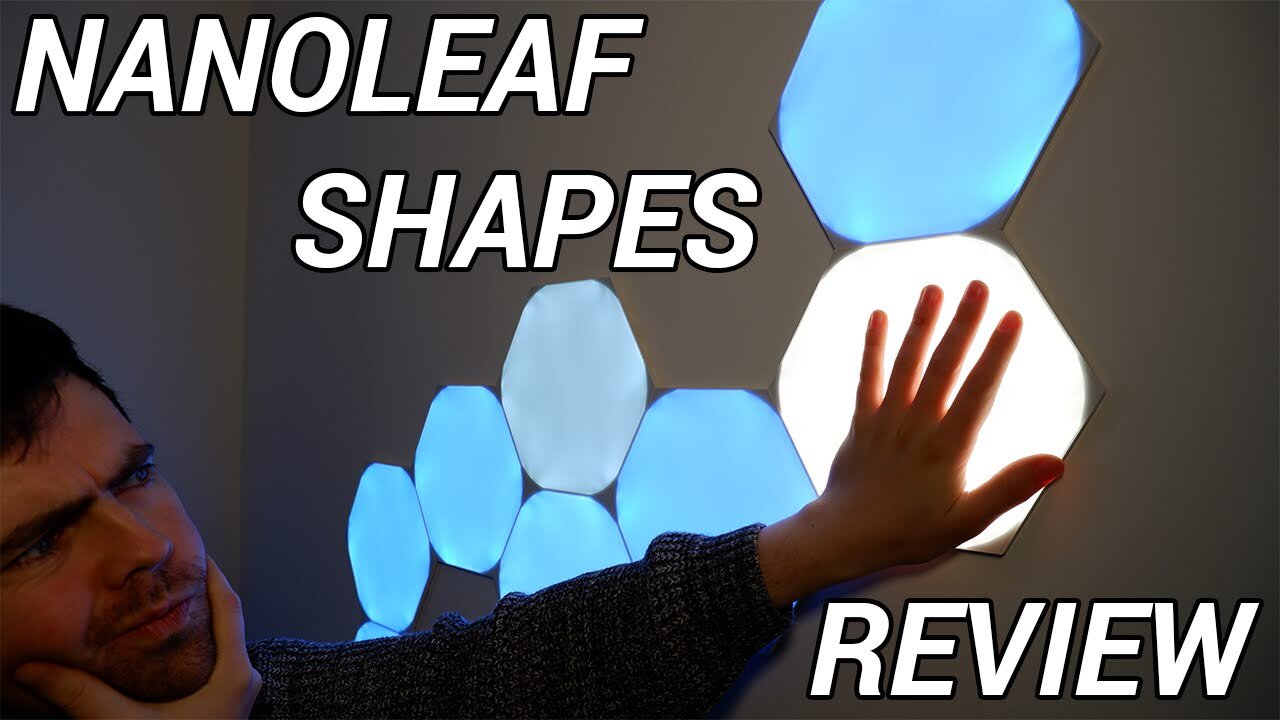Light-Based Neural Network Could Be The Future Of Super-Fast AI Brains
While we can create computers that behave like brains, conventional circuitry means they will never perform as quickly as the sophisticated human neural network.
But Princeton researchers may have just solved this future and paved the future for this big area of research - creating the world’s first Light-based Neural Network.
They’ve built this photonics neural network, which mimics the way that neutrons interact in the brain - except the “neurons” in this artificial brain are just super light waveguides cut into silicon substrates.
Calculations are worked out with the total power of light that’s fed into a laser, which completes the circuit by firing light back into the nodes.
What does all of this mean? At the moment, this machine can calculate a differential math equation a massive 1,960 ties faster than a standard processor.
For now, Princeton’s prototype is extremely simple - just 49 synthetic neutrons firing off, meaning its not ready for primetime or replacing the processor in your phone.
But you’d be silly to not realise just what huge implications this has for the future of artificial intelligence. Learning systems could be more human-like in terms of response times and accuracy, Google’s neural network will actually get images correct for once, and robots could pick up key skills faster than ever.
Real developments in this area are years away, but this is the first dot on the horizon for amazing artificial intelligence work - for better and for Skynet-related worse.











Alongside the scientists, 50% of the British public and the future health of young people across the nation, I have one simple request: delay Freedom Day, please.